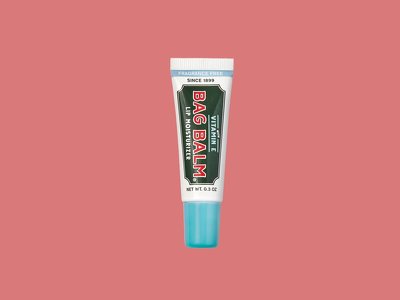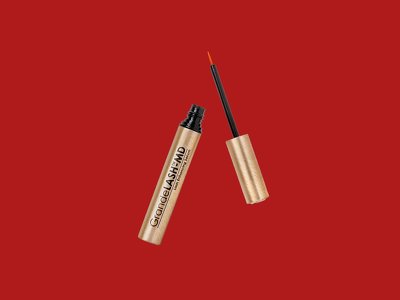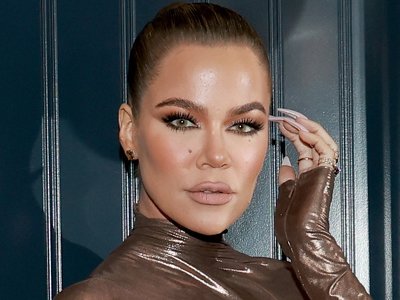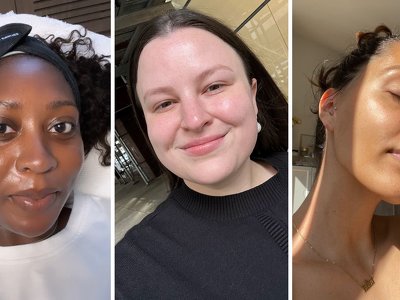Christie Brinkley Had a Basal Cell Carcinoma Removed From Her Face

Christie Brinkley is opening up about her recent skin cancer diagnosis. The supermodel took to Instagram to share all the details behind the basal cell carcinoma that was removed from her face, including the surprising reason she was diagnosed at all.
According to Brinkley, she was tagging along with one of her daughters for a skin check when she decided to ask the doctor about a “little tiny dot” she could feel when applying foundation. “He took a look and knew immediately it needed a biopsy! He did it then and there!” she wrote. The spot in question was located on the side of her face near her temple, as you can see in her Instagram post. (If you're squeamish, maybe skip this one!)
Brinkley shared that the doctors caught the carcinoma early and added that they “stitched me up to perfection like an haute couture Dior.” The self-described “mermaid/gardener” said that though she got serious about sun care “a bit late,” she'll be “slathering on my SPF 30, reapplying as needed, wearing long sleeves and a wide-brim hat” from now on, as well as doing regular total body checks.
Basal cell carcinoma is the most common form of skin cancer, with a whopping 3.6 million cases per year, according to the Skin Cancer Foundation. "Basal cells can look lots of different ways," Anne Marie McNeil, MD, a board-certified dermatologist in California, previously told Allure. They typically resemble open sores, pearly or shiny bumps, or a little red patch, but not always. “I often tell my patients if they have a spot that looks like a pimple or a sore [that hasn't healed], I want them to come in,” Dr. McNeil shared. "It's probably not a pimple if it hasn't gone away after a month." Basal cell carcinomas grow more slowly, so they are more curable than other types of skin cancer; they are typically burned or scraped off.
This content can also be viewed on the site it originates from.
According to our prior reporting, basal cell carcinomas often pop up in places you get a lot of sun, including your nose, hairline, ears, and face, as well as the chest. They are also likely to come back, so daily sun protection is an absolute must, even when it's cloudy. "If you've had a basal cell, wear sunscreen every single day and get regular skin exams either every six months or every year," says Dr. McNeill. “Chances are you are going to get another one, and we want to catch it early.”
If you need a refresh on adequate sunscreen use, remember the “two-finger” rule for your face and use about a shot glass' worth of sunscreen on your body — and don't forget your lips! As Brinkley referenced in her post, SPF 30 is considered the minimum for protection, so make sure you're using 30 or higher each day and reapply every two hours, or more frequently if you're sweating or swimming. (And no, sunscreen in your makeup doesn't count, since you're probably not applying it to your ears and neck.) Brinkley's story is a great reminder that daily care and regular check-ups can make a big difference in your sun protection game.
More skin cancer info:
Now, watch the history of sunscreen:
Follow Allure on Instagram and TikTok, or subscribe to our newsletter to stay up to date on all things beauty.
- Last
News by day
27 of April 2024







